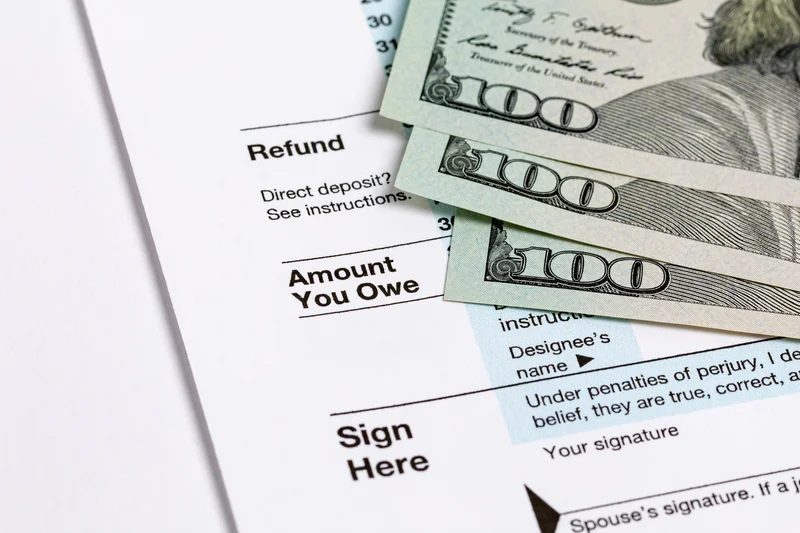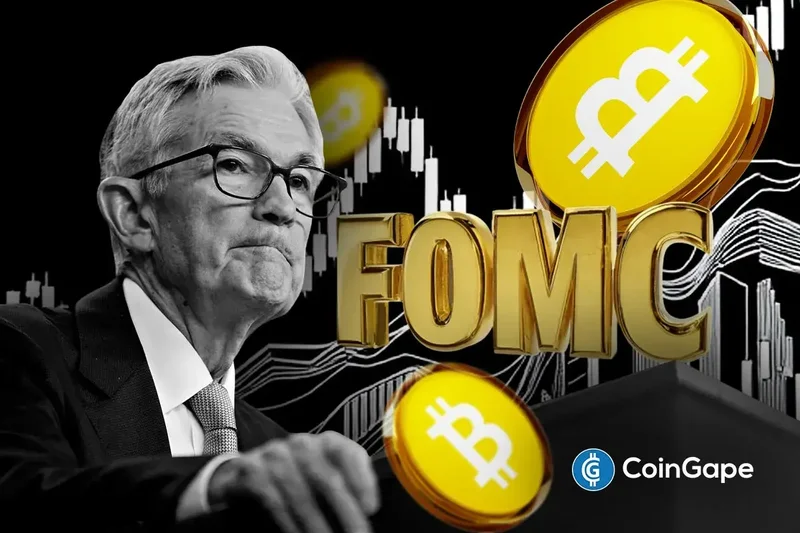IRS Stimulus Check: November 2025 Rumors vs. Reality
No Checks in the Mail, Just Scams in Your Inbox
The promise of another stimulus check is like a siren song to many Americans, especially as we head toward the end of 2025. But before you start planning that shopping spree, let's run the numbers: there are no new federal stimulus checks authorized for November 2025. Zero. Zilch. Nada. Is a new stimulus payment coming? November 2025 IRS direct deposit fact check - KTVU
So, where's all this talk coming from? The IRS is actively warning taxpayers about a surge in stimulus check scams. These digital vultures are preying on hope, using texts, emails, and social media to trick people into divulging personal information. The IRS never initiates contact this way; their opening move is always a formal letter or notice. They've even curtailed most unannounced visits from revenue officers, making those surprise knocks on your door even more suspect.
Trump's Tariff Dividend: Math vs. Reality
Then there's the proposal from former President Trump: a "tariff dividend" of at least $2,000 per person, funded by tariff revenue. He even suggested on Truth Social that any leftover cash would go toward paying down the national debt. Sounds great, right?
Here's where the data gets interesting. The US collected approximately $70.6 billion in tariffs in fiscal year 2023. Let's assume, for the sake of argument, that this number could be significantly increased under a new administration. Even doubling that revenue to, say, $140 billion, and dividing it equally among the estimated 260 million eligible adults (excluding high-income earners as Trump specified) yields a one-time payment of roughly $538 per person. That's a far cry from $2,000.

Financial experts are already skeptical, and it's easy to see why. The math simply doesn't add up without either drastically increasing tariffs (which would have its own economic consequences) or significantly narrowing the eligibility criteria. What's more likely? A genuine desire to ease financial burdens, or a headline-grabbing proposal that conveniently avoids inconvenient budgetary realities?
I've looked at enough of these proposals to know that the devil is always in the details, and in this case, the details are conspicuously absent. How would "high-income individuals" be defined? What mechanisms would be in place to prevent fraud? And perhaps most importantly, what are the projected impacts on inflation and consumer spending? These are the questions that need answers before any serious consideration can be given to such a plan.
The Ghost of Stimulus Past
It’s worth remembering that the last round of federal economic impact payments hit bank accounts back in 2021. And in 2024, the IRS was still cleaning up the books, issuing automatic payments to those who hadn't claimed the Recovery Rebate Credit on their 2021 tax returns. The maximum payment then was $1,400 per individual. The deadline to claim that credit was April 15, 2025.
The IRS sent those payments automatically between December 2024 and January 2025. So, the recent scams may be preying on the memory of those payments.
Smoke and Mirrors?
So, what's the real story here? It boils down to this: no new stimulus checks are coming in November 2025. The only checks you’re likely to see are the kind designed to steal your information. And while a tariff dividend might sound appealing, a quick look at the numbers reveals a significant discrepancy between the promise and the potential reality. As always, caveat emptor.
Previous Post:Disaster: What happened?
Next Post:Netflix Stock Price: A Ten-for-One Split... Really?
Related Articles
P.F. Chang's New CEO: Menu Changes and What's Near You
Title: P.F. Chang's New CEO: A Recipe for a Restaurant Revolution? Okay, folks, buckle up, because t...
Hims Stock Surges 39%: A Data-Driven Look at the Surge
The ticker for Hims & Hers Health (HIMS) has been on a tear. A 39% surge in a single month is the ki...
Fed's Latest Minutes: What the Data Reveals About Rate Cuts and Internal Disagreement
The Federal Open Market Committee just released the minutes from its September meeting, and if you w...
kathy ireland: Encouraging Reading and What It Means For The Next Generation
Kathy Ireland's Unlikely Empire: From Supermodel to Tech Mogul? Alright folks, buckle up, because th...
Codie Sanchez: Net Worth, Podcast, and Contrarian Thinking – What Reddit is Saying
The Main Street Millionaire: How Codie Sanchez is Rewriting the Rules of Wealth Codie Sanchez is on...
Gold Price Analysis: Today's Price, Key Metrics, and the Silver Correlation
Gold's Dizzying Climb to $4,000: A Sober Look at the Numbers Behind the Hype The numbers flashing ac...





